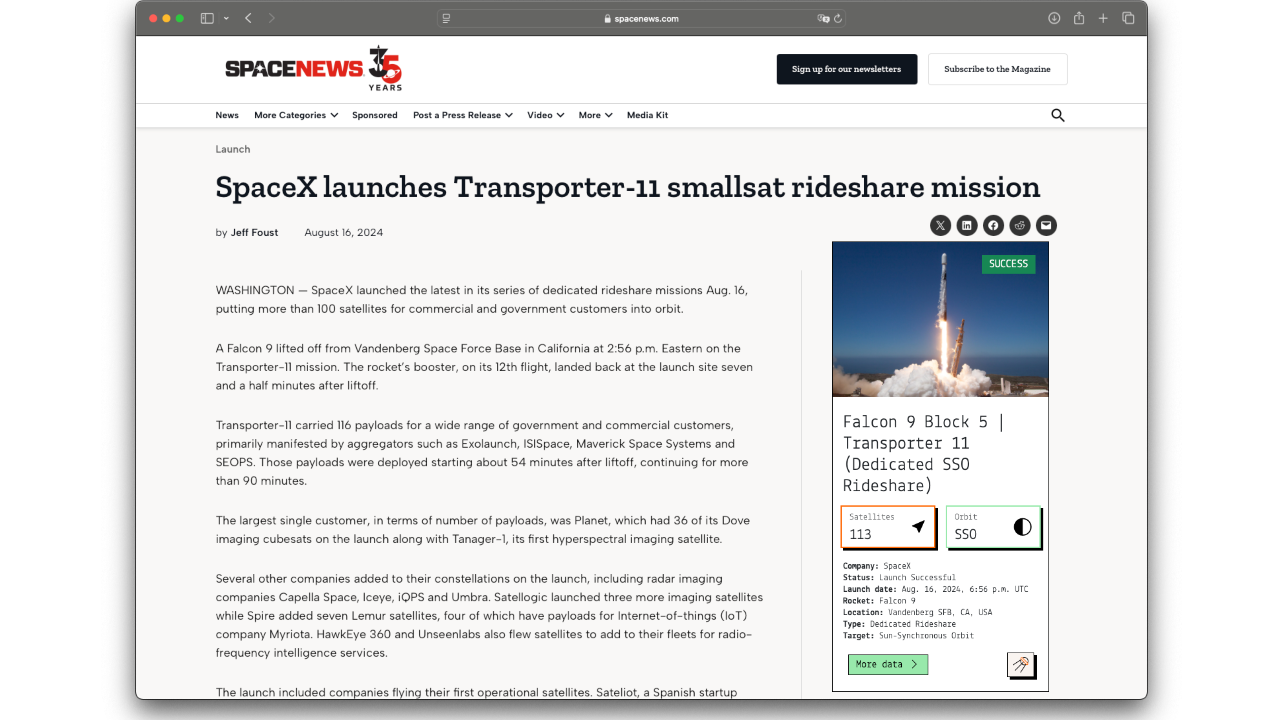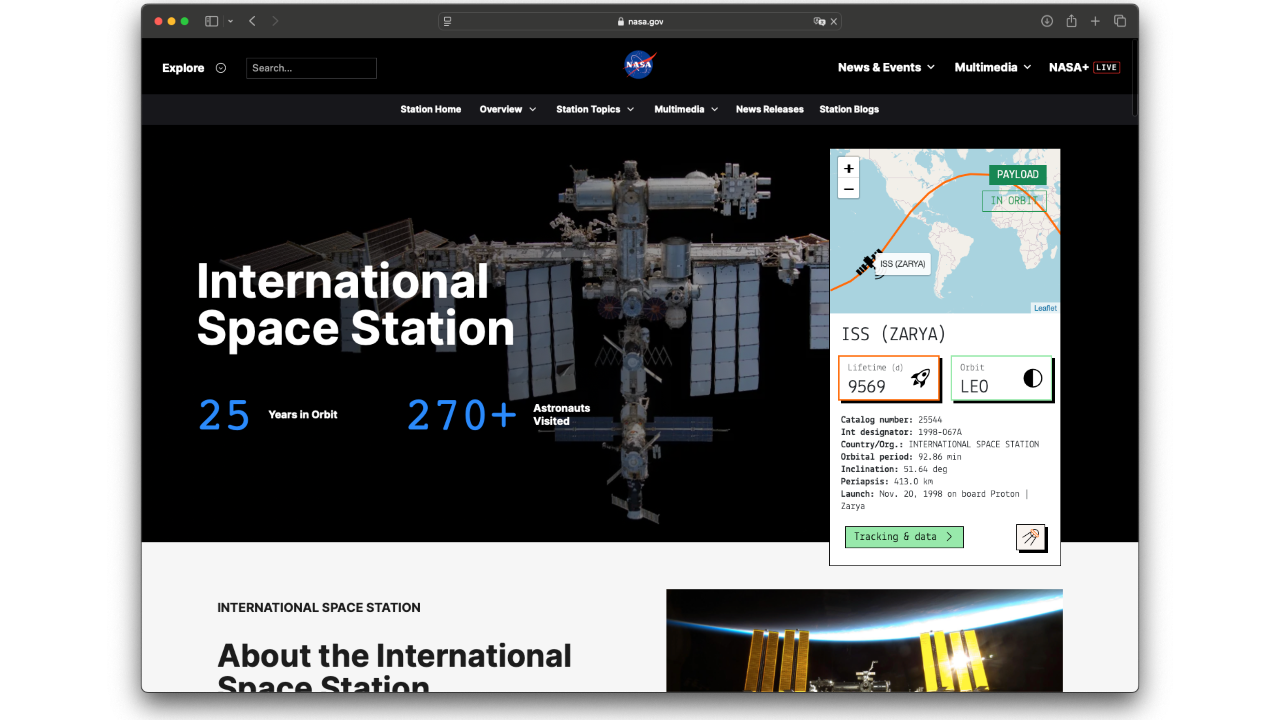Key statistics
Satellite SEASAT 1 at a glance.
Uptime
17337
Days in orbit
Revolutions
≈ 14.5
Per day
Orbit
SSO
Sun Synchronous Orbit
Inclination
108.0
Latest
Satellite identification and parameters
Extended collection of information and parameters for SEASAT 1.
Object identification
Identified? True
Debris? False
Object name: SEASAT 1
International designator: 1978-064A
Object number (NORAD): 10967
Object ID (CCSDS): 10967
Country: UNITED STATES OF AMERICA (US)
Current information (Y/N): Y
RCS size: LARGE
Orbital parameters
Period: 99.581 minutes
Inclination: 108.0115 deg
SMA: 7116.682 km
Apoapsis: 739.724 km
Periapsis: 737.37 km
RAAN: 301.0267 deg
Eccentricy: 0.00016537
Argument of periapsis: 250.1733 deg
Mean anomaly: 109.9234 deg
Mean motion: 14.4606037 rev/day
Mean motion (dot): 0.00000746 rev/day2
B* drag term: 0.00024718912 1/REarth
Two-line elements (TLE)
Creation date: Dec. 12, 2025, 3:16 a.m.
Reference frame: TEME
Reference center: EARTH
Epoch: Dec. 11, 2025, 6:47 p.m. UTC
TLE line 0: 0 SEASAT 1
TLE line 1: 1 10967U 78064A 25345.78298899 .00000746 00000-0 24719-3 0 9990
TLE line 2: 2 10967 108.0115 301.0267 0001654 250.1733 109.9234 14.46060370493800
Live tracking on map
Real-time ground track for satellite SEASAT 1.
In-orbit conjunctions
A list of the most updated potential collisions computed for object SEASAT 1.
Associated space launch
Earth observation radar satellite
SEASAT 1 was lifted into orbit during the mission ‘Atlas F/Agena D | Seasat 1’, on board a Atlas F/Agena D space rocket.
The launch took place on June 27, 1978, 1:12 a.m. from Space Launch Complex 3W.
For more information about the launch, click the button.
Atlas F/Agena D | Seasat 1
Agency: N/A
Status: Launch Successful
Launch date: June 27, 1978, 1:12 a.m. UTC
Rocket: Atlas F/Agena D
Launch pad: Space Launch Complex 3W
Location: Vandenberg SFB, CA, USA
...
Latest news about this satellite
There are no fresh news available about this satellite. Check back as we update our databases every day.
Newsletter sign-up
Weekly statistics, charts and insights to help you stay on top of the space industry.




